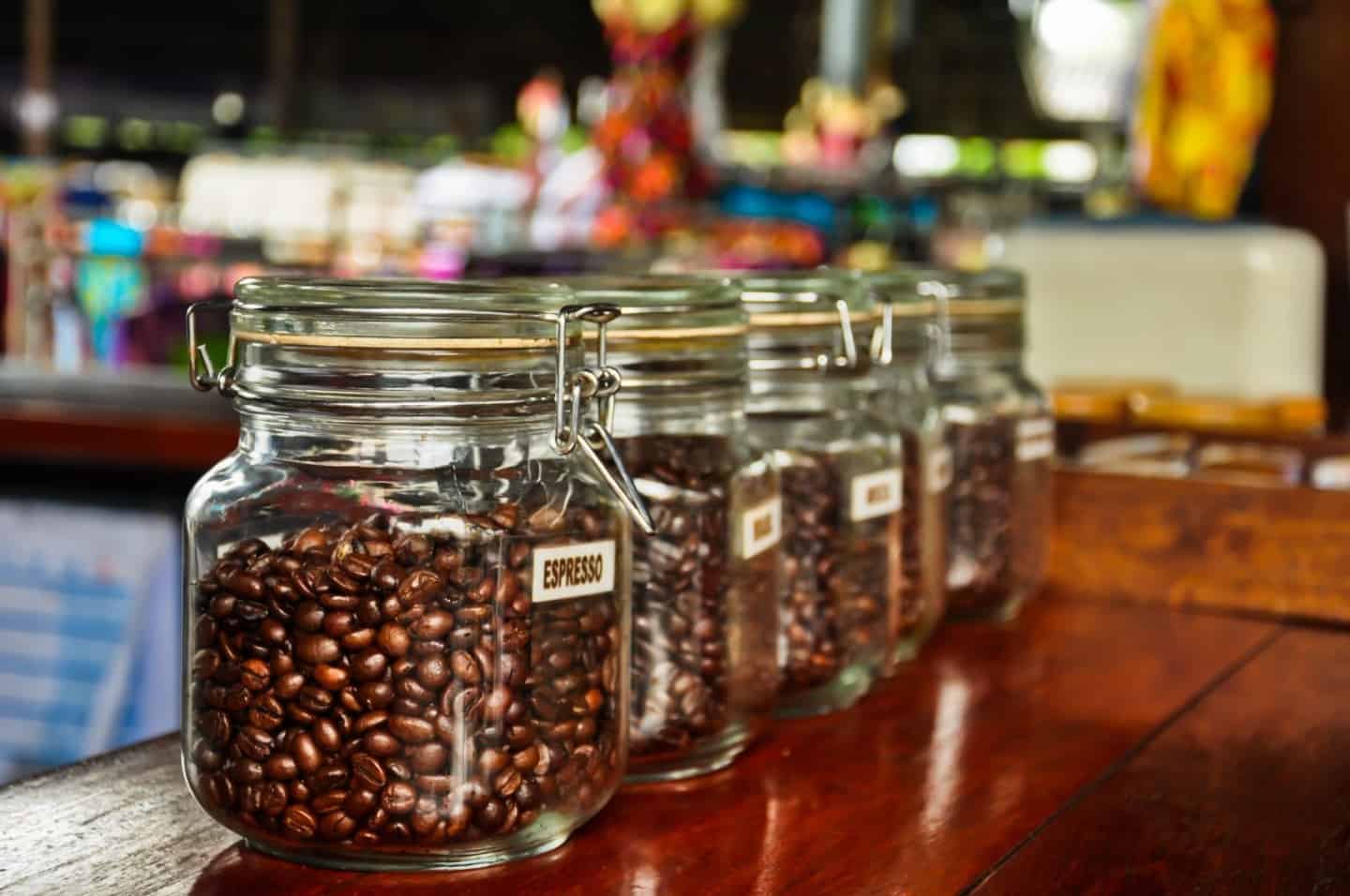Food is not a luxury, it is a necessity. Granted, there are some food products which families could live without but on the whole, food is not something people can go without. Cooking and preparing meals at home is the best possible way to ensure a balanced and nutritious lifestyle. This way, you know exactly what and how much is going into the dishes you are consuming.
Purchasing the right ingredients is the first step to producing a delicious meal. To maintain the integrity of these products, the next step, therefore, is to store them correctly. With global starvation on the rise along with the cost of food, it is paramount to reduce the amount of food that households waste each year.
Eating what you purchase is not that difficult. By simply putting in a little more effort, the amount of food that lands in the bin can be sufficiently diminished. Mindfulness ought to be practiced at the store, and this needs to be continued all the way into the kitchen. Firstly, plan your meals for the week. This way you will not be buying unnecessary ingredients in uselessly large quantities.
Secondly, food needs to be stored correctly. This does not only apply to fresh ingredients. Obviously, fruit and vegetables will go bad if they are left in an incorrect place, but the same is true for other products which are mistakenly considered non-perishable. These are 15 food products which must be stored correctly if their integrity is to be maintained.

1. Ground coffee and coffee beans
Starting the day with a cup of coffee is a morning routine which millions of people hold dear. There are some that are unable to function without their morning dose of caffeine. While there are some who hit their local barista on the way to work, others still go the old-fashioned route and make their own coffee at home. If you form part of this club, then it is important to store these beans correctly.
Whether your elixir of choice is made with beans or premade grounds, both need to be stored in the appropriate containers if the optimum taste experience is to be achieved. Coffee cannot be stored in any old container. The correct container is one that is airtight. This is because heat and moisture can totally wreck coffee beans. When coffee grounds are immersed in hot water, they dissolve, and the resulting liquid is what we call coffee. These grounds can dissolve in water, but they can also absorb moisture from the air. This is known as a hygroscopic substance.
Coffee beans that can absorb surrounding moisture will have reduced flavor and freshness. The second threat to the quality of coffee is a fluctuation of temperature. This is the case when coffee is stored in the refrigerator. If coffee beans are taken out of the icebox a few times a day, they undergo a sudden change in temperature. This will directly impact the flavor of the resulting cup of coffee.
Flavour and freshness are the key ingredients to a cup of coffee. To give your mind and body the optimum kick in the morning that it needs, never let your coffee grounds prematurely come into contact with heat or moisture.
